
 |
Home | Tibet Buddhism Main | Contact |
Updated: May 2009
My rating scale:
 Excellent ;
Excellent ;
 Very Good ;
Very Good ;
 Good ;
Good ;
 Fair ;
Fair ;
 Poor.
Poor.
Click on an image to see the FULL size with a caption.
The iconography and rituals can seem overwhelming. I found these books very good at explaining things. I keep them at hand whenever I need to understand or remember something.
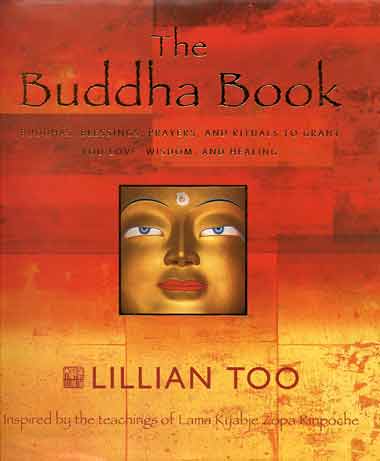
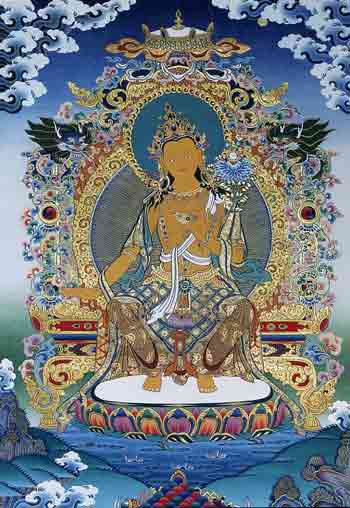

by Lillian Too. This is a beautifully illustrated introduction to the most important and well-known Buddhist deities, including very colourful paintings, stories and mantras. The book includes the Wheel Of Life to describe the basics of Buddhism, Shakyamuni Buddha, the five Meditation Dhyani Buddhas, Vajrasattva and the 35 Confession Buddhas, the Medicine Buddha, the Bodhisattva of Compassion (Avalokiteshvara, The Dalai Lama), the Trinity of Longevity Buddhas (White Tara, Amitayus, Namgyalma), Green Tara, the yellow and black Jambhala Wealth Buddhas, and the Future Buddha Maitreya. This is a great book to prepare you for the many statues and paintings you will see in Tibetan monasteries.
Although this is an adult book, I read some short passages, and shared the beautiful paintings and photos with my then 10-year old son before we went to Tibet. He really learned a lot and enjoyed the Tibetan monasteries much more because he could recognize some of the statues and paintings.
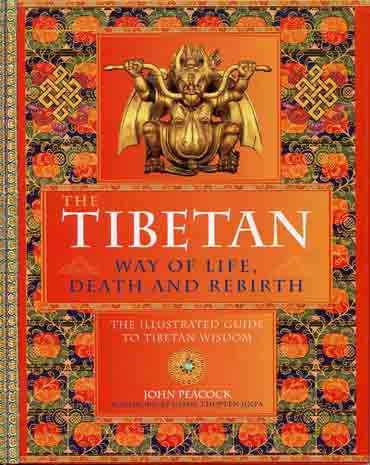
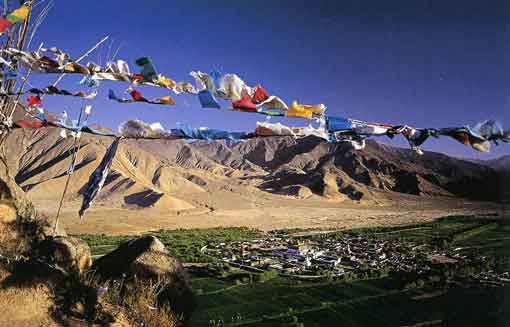

by John Peacock. Illustrated with photos of Tibet, statues and paintings, and specially commissioned artwork, this book introduces the key themes of Tibetan Buddhism, starting with an overview of Tibetan history and how Bon was integrated into Tibetan Buddhism. It reviews the basics tenets of Buddhism including the four Noble Truths, the Eightfold path, and the perfections, and the special Tibetan aspects of Buddhism like tantra, mandala, mantra, yab yum, and the rebirth of lamas and tulkus. Some of the common symbols are described including bell and vajra, chortens, prayer flags, thangkas, and mani stones.
The book discusses the role of Buddhism and monasteries in everyday Tibetan life, including sacred dances and festivals like New Year Losar. There are brief descriptions of famous people like Milarepa, Tsong Khapa, and the Dalai Lama, peaceful deities like Vajradhara, Amitabha, Avalokiteshvara, Manjushri, Maitreya, and Tara, and wrathful deities like Yamantaka, Palden Lhamo, Garuda, and Vajravarahi. The book closes describing the Wheel of Life and bardo.
If you are planning a trip to Tibet or the mountains of Nepal and want more information about the Buddhism you will experience than the 5 or 10 pages in a guide book, this is the book for you. The photos of Tibet in this book are excellent, many by Ian Cumming.
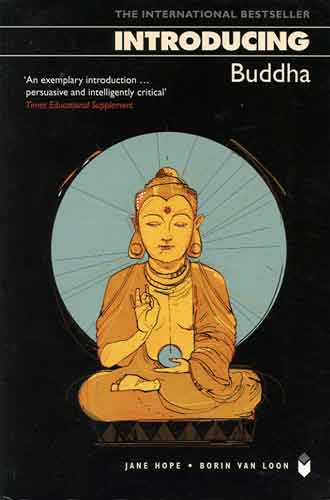
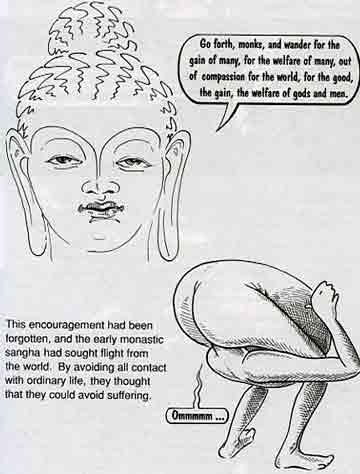

by Jane Hope (Author) and Borin Van Loon (Illustrator). This book describes the life and teachings of the Buddha, and explains the practices of meditation, Taoism and Zen. It goes on to describe the role of Buddhism in modern Asia and its growing influence on Western thought.
I'm not sure this book was meant for children, but my 11-year-old son loved it. This book mixes the teachings of Buddha, and Buddhist traditions, culture, and philosophy with zany and funny cartoons that really bring the message home. It is a delight.
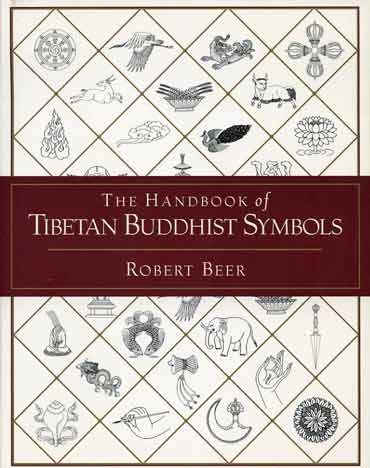
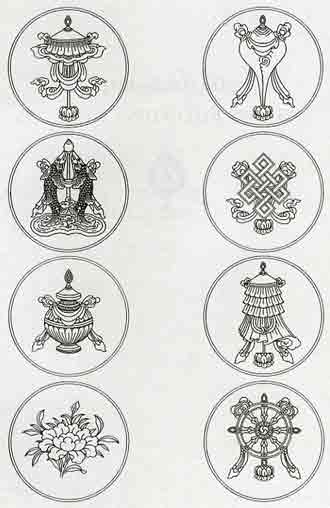

by Robert Beer (Translator). This book describes the origins and meaning of the common and less-common symbols of the complex Tibetan Buddhist iconography. Superbly crafted illustrations, each meticulously drawn in pencil-thin, provide visuals.
It includes the 8 auspicious symbols like the endless knot and Dharma wheel; the seven precious jewels like elephant and horse; natural and mythical animals like the snow lion and garuda; cosmological symbols like the sun and moon and the five elements; ritual tantric implements and weapons like vajra and bell; weapons like the bow and arrow and trident; wrathful attributes like the head of Brahma, the garland, and severed heads; handheld emblems and attributes like lotus and jewels; and hand gestures or mudras like the earth-touching gesture.
After reading the book thoroughly, I now refer to it to jog my memory as I am looking at Tibetan sculptures and paintings.

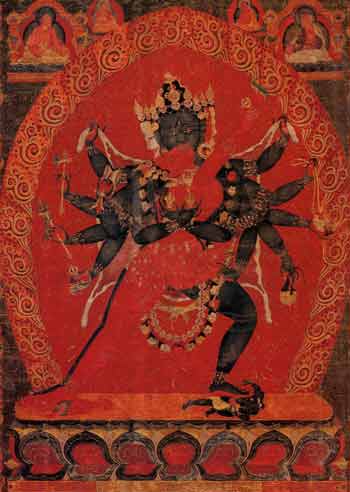

by Marylin Rhie and Robert Thurman. This large book features 241 of the finest examples of Tibetan painting and sculpture, with beautiful colour images, often with extra close up images, and very detailed explanations. The book starts with essays on Buddhism, Buddhism in Tibet, and the Tibetan artistic styles over the centuries,.
It then breaks down the art into 12 sections: Shakyamuni Buddha, Arhats, Bodhisattvas, Great Philosophers and great Adepts, Dharma Kings, Tibetan Buddhist Orders (Nyingma, Sakya, Kagyu, and Geluk), Tibetan perfected Worlds, Cosmic Bodhisattvas and Buddhas, and Pure Lands.
What a beautiful book! If you have a strong interest in Tibetan Buddhist paintings and sculpture, this book is the one. Although I can appreciate some of meanings in a thangka, I need experts like the authors to unlock the full story. You can also use it as a reference from the beautiful images and detailed text.
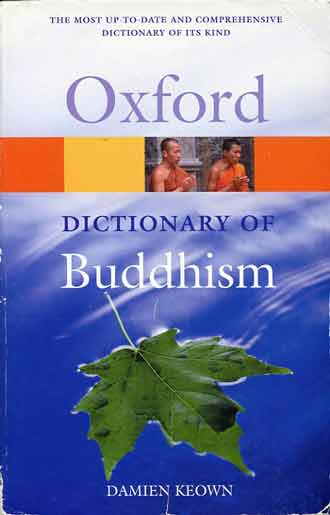

by Damien Keown. This illustrated A-Z dictionary has over 2,000 short entries covering Buddhist terms, biography, scriptures, important places and schools. The text is illustrated with line drawings of religious structures, iconographic forms and gestures, and ritual objects.
It features broad-ranging entries on the history and doctrines of the major Buddhist schools, the spread of Buddhism in Asia and the West, and even coverage of issues of contemporary concern such as human rights, abortion, euthanasia, Socially Engaged Buddhism, and the role of women in the Buddhist teachings.
I refer to this concise and comprehensive dictionary when I'm trying to understand or remember something when I am reading other books.
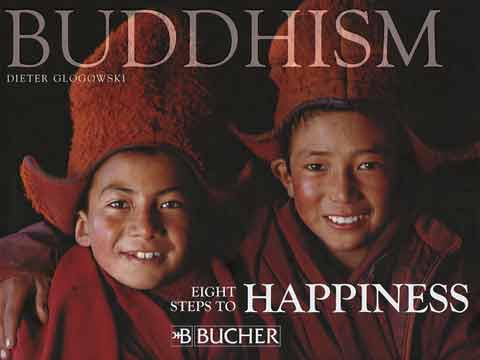
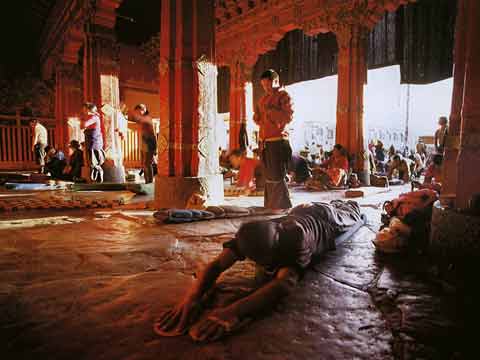
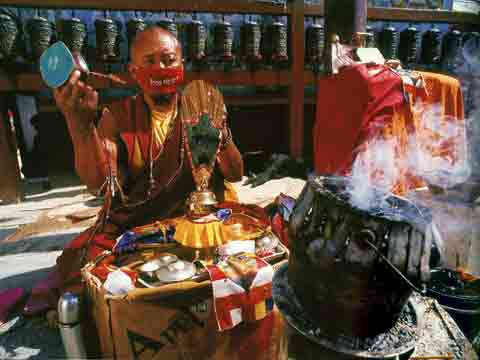

by Dieter Glogowski. Published in English 2008. Dieter Glogowski alternates his photos with Buddhist-type quotes from the 14th Dalai Lama, the Dhammapada, Mahatma Gandhi, Thich Nhah Hanh, and Mother Teresa, among others, to illustrate Buddhist techings on wisdom, consciousness, compassion, equanimity, love, impermanence, mindfulness, and meditation. The photos feature Tibet (Lhasa, Mount Kailash, Gyantse and Shigatse), Kathmandu (Pashupatinath, Boudhanath, Swayambhunath), Nepal (the Terai, Lower and Upper Mustang, Khumbu), India (Ladakh, Dharamsala, South India), Bhutan, and Sikkim. Some of the photos have already been shown in his other books.
My favourite quotes from the book are: Wisdom - 14th Dalai Lama: It is important to know that there are three kinds of wisdom: / Wisdom resulting from listening, / wisdom resulting from reflection and / wisdom resulting from meditation.
Consciousness - the Dhammapada: We are what we think / All we are arises from our thoughts / With our thoughts we create the world.
Compassion - Mother Teresa: Always try to act in a way that people are happy to have met you.
Equanimity - the Suttanipada: We exchange the breath of air with the rain forests. We drink the very water that flows into the ocean. Water and air are integral parts of our lives. And we are part of the whole world. We realize that we depend on each other, that we are related to each other. Then we will deal with all of nature carefully, we are part of it.
Love - Phil Bosmans: A flower needs sun to become a flower. / A human being needs love to become a human being.
Impermanence - 14th Dalai Lama: It is my firm conviction that the power of the gun barrel is of limited time. / But the power of truth will increase more and more with time.
Mindfulness - Thich Nhat Hanh: Real life is experienced here and now. The past has already gone; the future has not yet come. Only in the present moment can we truly live life.
Meditation - Sogyal Rinpoche: The gift of learning to meditate is the greatest gift you can give yourself in this life. For it is only through meditation that you can undertake the journey to discover your true nature, and so find the stability and confidence you will need to live, and die, well; Meditation is the road to enlightenment.
Dieter Glogowski is my favourite contemporary Tibet and Nepal photographer. His photos are excellent. The quotes are short and thought-provoking.
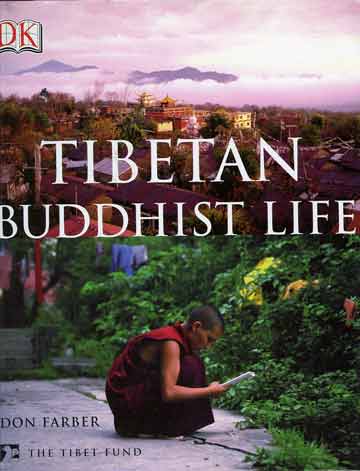


by Don Farber. Farber uses over 200 large photos and short chapters to show the diversity of Tibetan Buddhist life, a culture in danger. In addition to historic and contemporary photos, Farber shows both ancient and modern Tibetan art.
Chapters include the development of Tibetan Buddhism, Tibetan culture in other countries like India and Nepal, the Tibetans in exile, His Holiness The Dalai Lama, overviews of some of the masters of Tibetan masters including Kalu Rinpoche and Sakya Trizin, architecture, monastic life, spiritual practice, lay Buddhist life, and arts and sciences.
It features broad-ranging entries on the history and doctrines of the major Buddhist schools, the spread of Buddhism in Asia and the West, and even coverage of issues of contemporary concern such as human rights, abortion, euthanasia, Socially Engaged Buddhism, and the role of women in the Buddhist teachings.
I like this book for the very broad overview of Tibetan Buddhism. The photos are very good. The text is short and fairly basic.